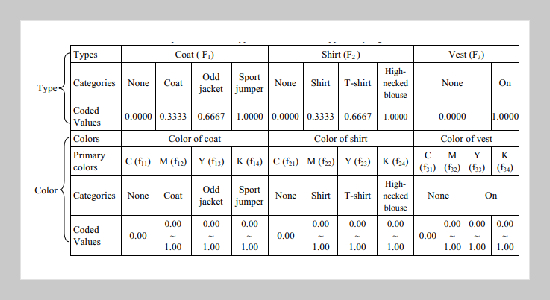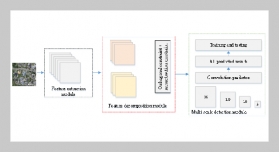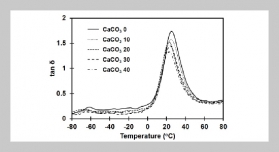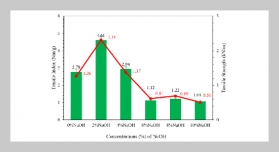Jeng-Jong Lin This email address is being protected from spambots. You need JavaScript enabled to view it.1 1Department of Information Management, Vanung University, Chung-Li, Taiwan 320, R.O.C.
Received:
November 2, 2005
Accepted:
September 2, 2006
Publication Date:
September 1, 2007
Download Citation:
||https://doi.org/10.6180/jase.2007.10.3.07
This paper evaluates the efficiency and accuracy of a method for recognizing apparel styling that has been classified into different categories by case-based reasoning (CBR). It shows significant promise for improving the effectiveness of complex and unstructured decision making. Four kinds of apparel styling most often to be adopted for styling design were learned by CBR, which is both a paradigm for computer-based problem-solvers and a model of human cognition. In this study, there are two key match factors included in apparel styling, i.e., “Type” and “Color” respectively. Five basic categories, including coat, shirt, vest, skirt, and trousers, were concluded as a “Type” factor. The adopted color tones for the five basic categories mentioned above were concluded as a “color” factor. However, the design of appropriate case retrieval mechanisms is still challenging. This paper presents a genetic algorithm (GA)-based approach to enhance the case-matching process. The results show that apparel styling classification using CBR agrees approximately with initial expectation.ABSTRACT
Keywords:
Decision Making, Case-based Reasoning, Styling Classification
REFERENCES









